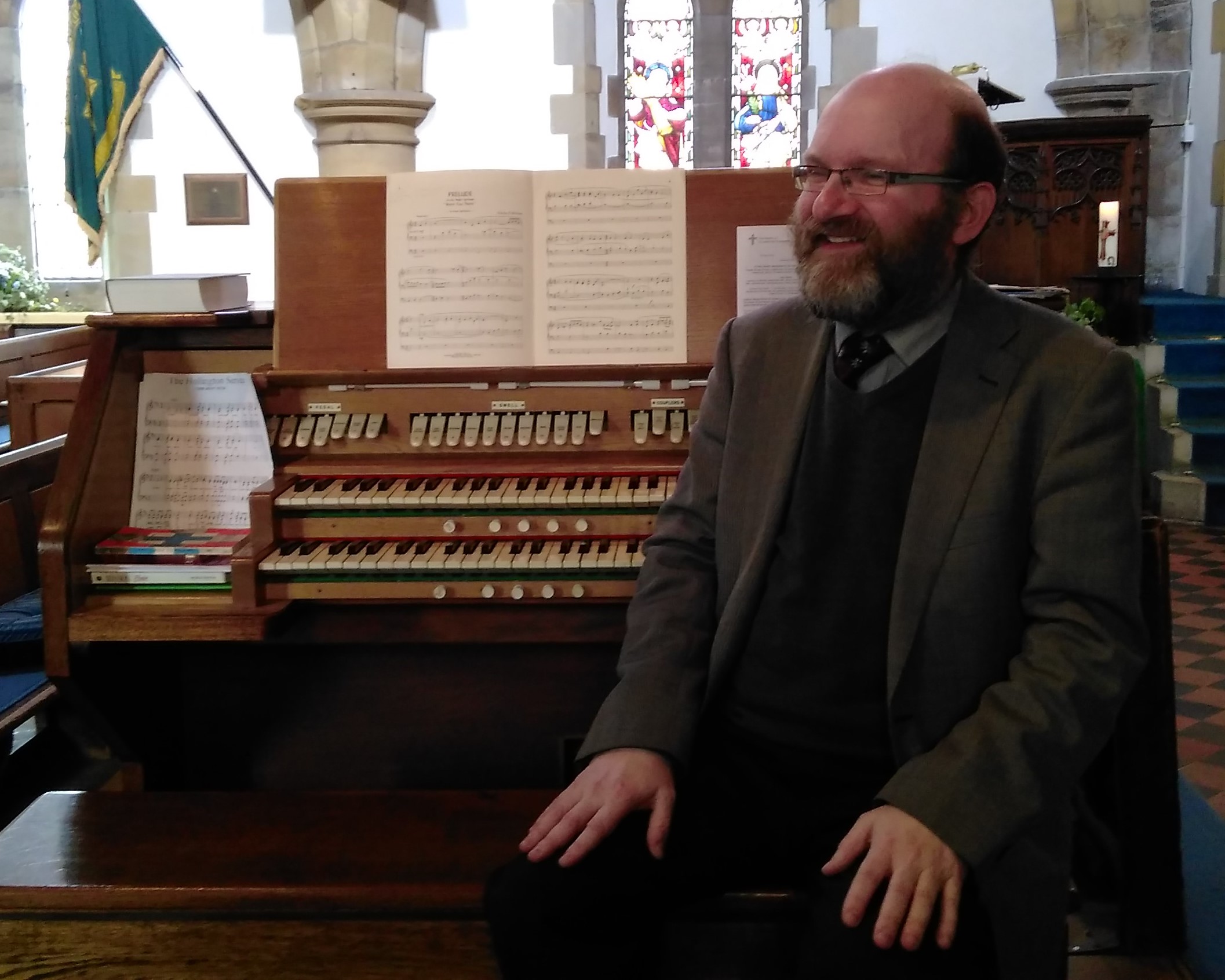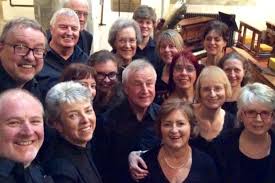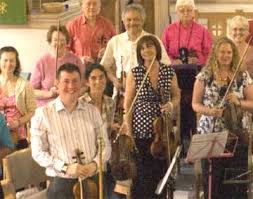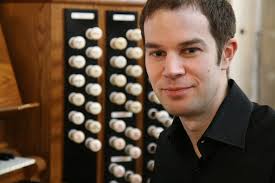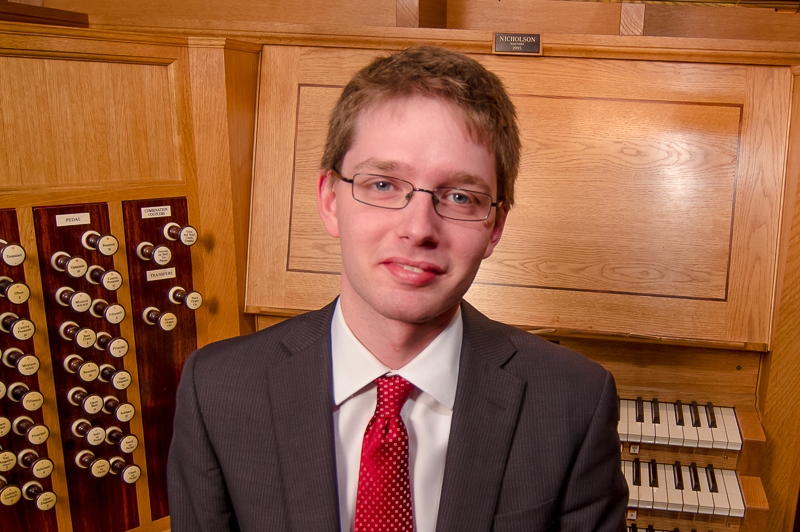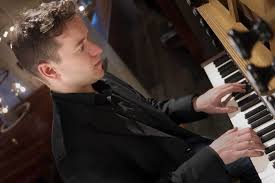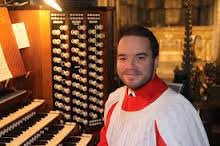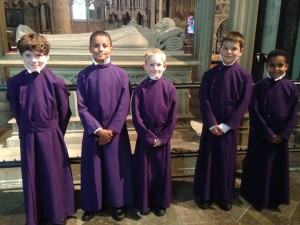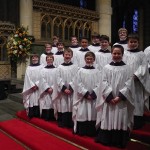Hastings Unitarian Meeting Place
Saturday 8 October 2016
It’s Hastings Week and the final recital of this year’s series brought a record turn out to the Unitarian Meeting Place for Stephen Page’s concert. There wasn’t a seat left empty – including all the spares normally kept in the gallery.
He opened with an arrangement of Suppe’s Overture Poet and Peasant and then moved into four pieces by Bach – though none of them J S Bach. The first was a Prelude and Fugue in Eb by J Christoph Bach, followed by J M Bach’s Dies sind die heil’gen zehn Gebot. The composers were J S Bach’s uncles but there is no connection between the genius of JS and the tongue-in-cheek PDQ, who’s Prelude and Fugue in C minor includes references to Roll out the barrel and Beethoven’s 5th!
On a more serious note Richard Jones Toccata in D minor has a solid feel to it and brought wide registration. Jean Langlais Priere may have been written for harmonium but sits very comfortably on the Snetzler – the oboe snarling gently out of tune.
We have heard a lot of Handel from this instrument over the years but it is always a pleasure to do so and so three short movements from the Fireworks Music were very welcome.
Boellmann is so well known for the Suite Gothique that is was refreshing to hear some of his other music – in this case three pieces from Six Characteristic Pieces of which the Offertoire is particularly effective.
Robin Milford is not a familiar name but his two dances are gently compelling, bringing a moment of calm before the end.
It is not often the encore comes before the final work, but in this case Stephen squeezed in The Teddy Bears’ Picnic before going out in a blaze of glory with Walford Davies’ RAF March Past.
It is always a pleasure to hear Stephen play and the large and enthusiastic audience were obviously keen to hear him again as soon as possible.

